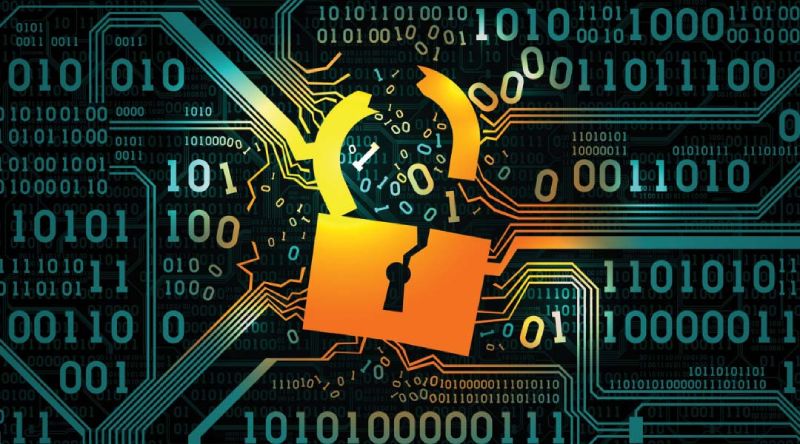Steam Scams – How to Avoid Malware Attacks

Steam Scams – How to Avoid Malware Attacks
If you enjoy online gaming, then there’s a good chance you already have a Steam account. Specifically, Steam is an online gaming platform and distribution service that hosts more than 120 million active players each month. Steam’s member base has seen enormous growth over the past few years— especially as the popularity of online gaming soared during the early days of the COVID-19 pandemic.
Unfortunately, with such popularity comes potential security risks. With so many active users, Steam has also become a common target for malware and other attacks. If you have a Steam account, it’s important that you know how to keep your data safe.
Table of Contents
How Hackers Are Attacking on Steam
In recent years, there has been a notable increase in the number of malware attacks and other attacks on the Steam platform. In June of 2021, for example, the malware was found hidden inside profile pictures on the platform itself. When a user clicks on a photo with hidden malware in its metadata and downloads the image, this can open the computer up to potential malware attacks down the road.
Early in 2022, another attack on Steam was discovered that utilizes a “Browser-in-the-Browser” method to steal account credentials. The hackers who carry out these phishing attacks go on to sell the gamer’s compromised credentials on the dark web — sometimes to the tune of hundreds of thousands of dollars.
In addition to phishing and malware scams, Steam users victimizes by trading scams, fraud, bots, and impersonators. The most common victims are gamers with a high account status, as these account credentials can be sold for a lot of money. However, anybody can fall victim.
Tips to Keep Your Information Safe
These are just a couple of examples of some of the most recent attacks that have been carried out against users on Steam. In general, Steam is considered to be a safe platform with plenty of security measures in place. However, anytime you have more than one hundred users on the same platform each month, there is going to be a potential for security issues.
For Steam users, then, keeping information safe begins with understanding the current threats that are out there and how to avoid them. For example, knowing how to spot signs of a browser-in-the-browser attack may prevent you from falling victim yourself. Generally, you can spot this type of attack by looking for the following in your browser window:
- Inability to resize the browser window itself.
- Lack of a new window in your taskbar (if using Microsoft Windows OS).
Meanwhile, there are some other basic safety measures you can take while using Steam to protect your account and your data. For starters, always log onto the main Steam website login page. If you see a page that claims to offer free upgrades or other “incentives” for logging in elsewhere, this is absolutely a scam.
As tempting as it can be to use “cheats” to get further in your gaming experience, this is also something to avoid on the Steam platform. Not only can using cheats lead to an account ban but many sources of these “cheats” come from sites that are not reputable or secure.
Make sure you have a strong password protecting your Steam account
Choose something with plenty of uppercase, lowercase, and special characters that would not be easy to guess (even with password-cracking software). Change your password often, too, and make sure you don’t use the same password on your Steam account on any other platform.
If possible, you may also want to set up multi-factor authentication on your Steam account. This way, if somebody does gain access to your password, they will need to authenticate using another source (such as your email address or phone number/text). This added layer of protection is easy to set up and can make all the difference in your security on Steam.
Make the Most of Your Gaming Experience
Overall, Steam remains a relatively secure online gaming platform. However, it’s still important to take some extra measures to keep yourself safe from scams and other attacks. By keeping these tips in mind, you can continue to enjoy your online gaming experience without worrying about phishing attacks, malware, or other common security vulnerabilities.




